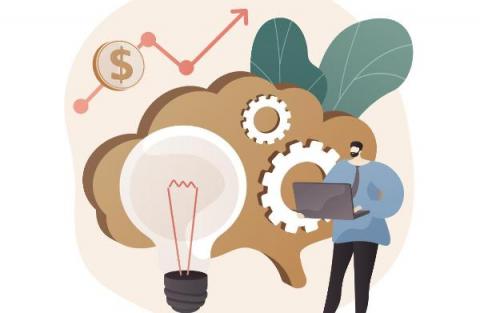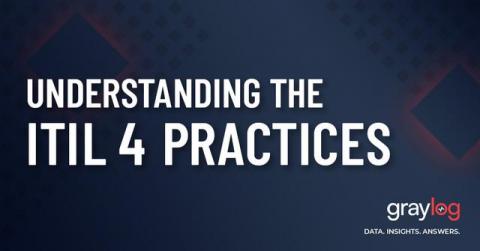What is Configuration Management? Definition, Types + How It Works to Keep Your Systems Consistent
With drift and other issues putting your desired state at risk every day, you may wonder: What is configuration management? And how does it work? Every organization needs to define the ideal configuration of its systems. That ideal configuration, or desired state, is the state in which systems and resources are aligned to support development, network performance, and efficiency. In short, you want your environment to keep running in a desired state. Configuration management helps you do that.











